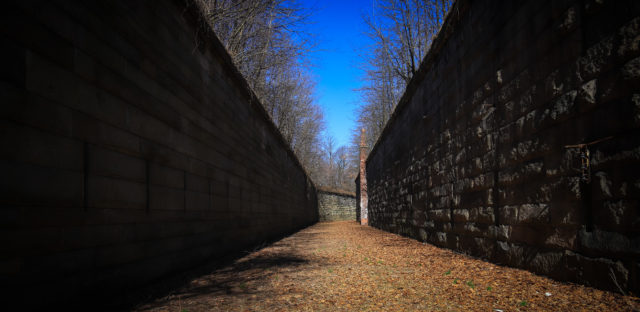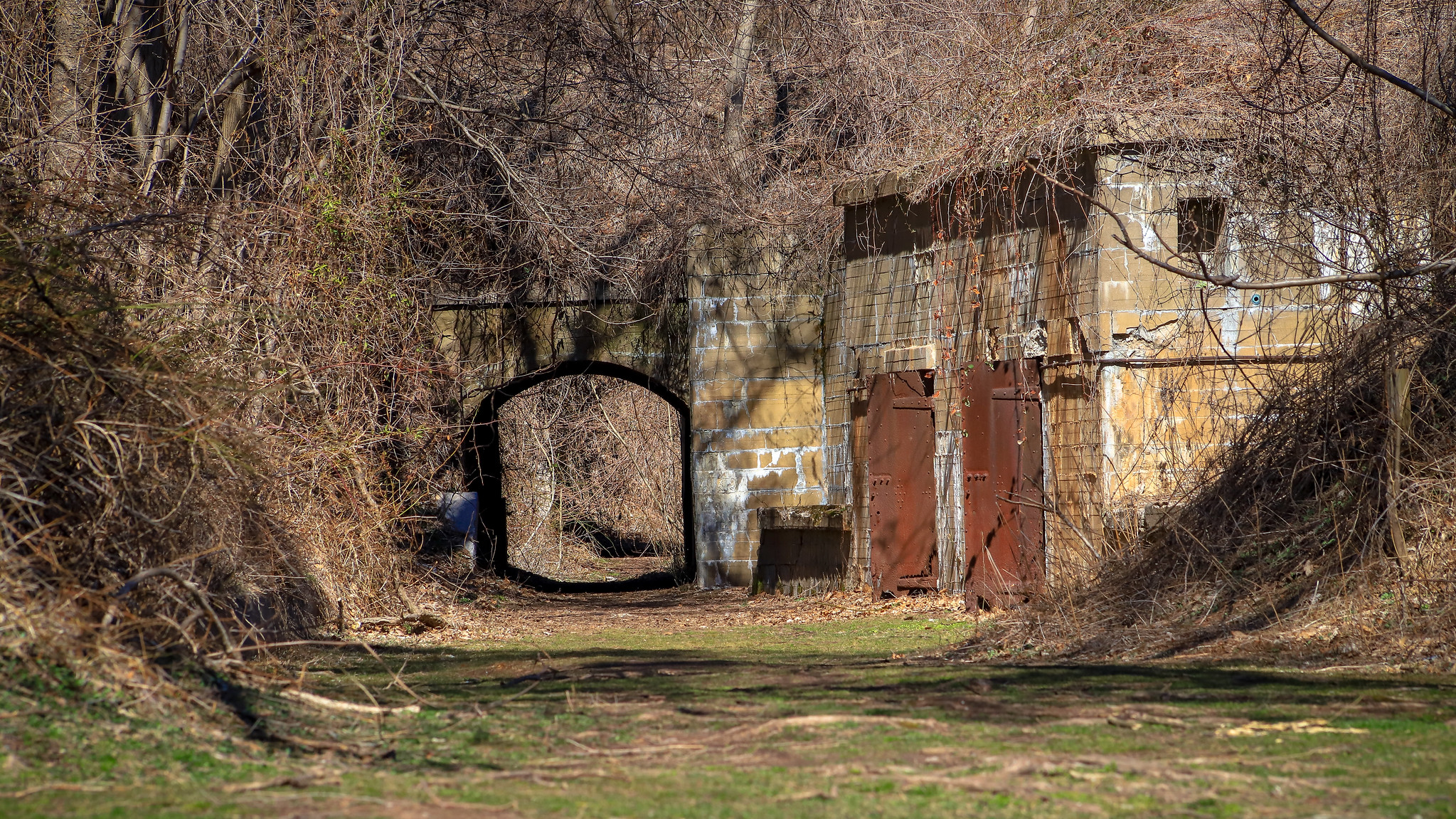Fort Wadsworth is the oldest military structure in the United States. Before it closed, the fort had the honor of being the longest continually-occupied military base in the United States. It is located on a 226-acre site on the northeastern shore of Staten Island, New York.
Initially, a Dutch fort was located there, which was built in 1663. It was known as Flagstaff Fort during the American Revolution and was held by the British between 1776 and 1783, during the Revolutionary War. After the British left, it was clear that New York was an easy location to invade, so additional defenses needed to be constructed.
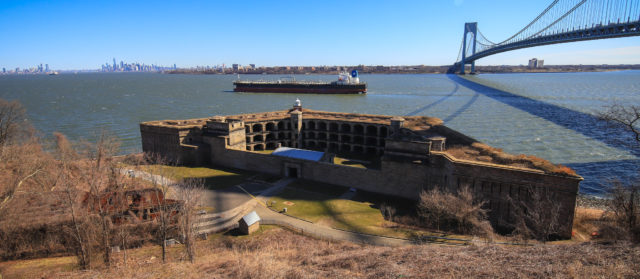
Fort Wadsworth was made up of four different fortifications built in the early 19th century to protect New York Harbor. These structures included stone and earth fortifications such as Fort Richmond (now known as Battery Weed), Fort Tompkins, Fort Morton, and Fort Hudson. The four forts, known collectively as Fort Richmond, had a total of 164 guns.
Fort Richmond itself was semi-circular in shape, while Tompkins was built in the form of a regular pentagon with round bastions. Although these forts were not part of the federal program, their layout and design matched those of forts built as part of the government’s Second American System of Coastal Fortifications.
Although they were not fully completed by 1808, they were nevertheless ready to be used. While Fort Richmond did not take part in the War of 1812, this might be to do with the fact that, by that point, 900 canons were spread across the fortifications, making New York Harbor very defensible.
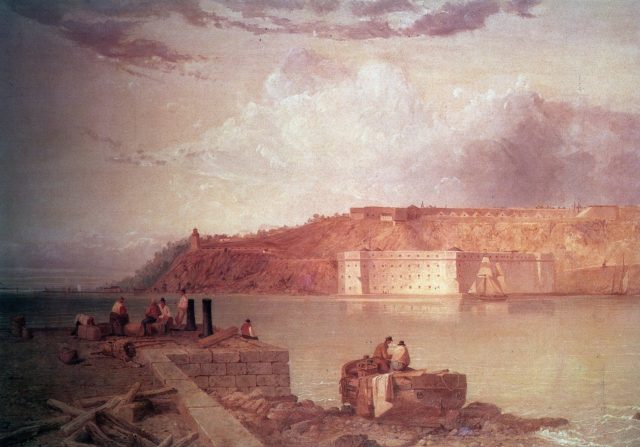
Sadly, the might of these forts diminished over the years so that by 1835, the state of both Fort Richmond and Fort Tompkins was so appalling that they were unusable. As such, the federal government purchased them, and a series of reconstructions took place in 1847 and 1862 to bring the forts inline with the Third American System of Coastal Fortifications.
The original sandstone was replaced by granite and brick, and some sources indicate that the new forts were designed by Robert Lee, who served as a post engineer at Fort Hamilton in the 1840s.
The forts were not completed by the time the Civil War began in April 1861, but they were sufficiently finished that they could have been used if necessary. However, New York City was not attacked, so Fort Richmond merely acted as a mobilization center.
In 1865, Fort Richmond was renamed Fort Wadsworth in honor of Brevet Major General James Wadsworth, who fell during the Battle of the Wilderness during the Civil War.
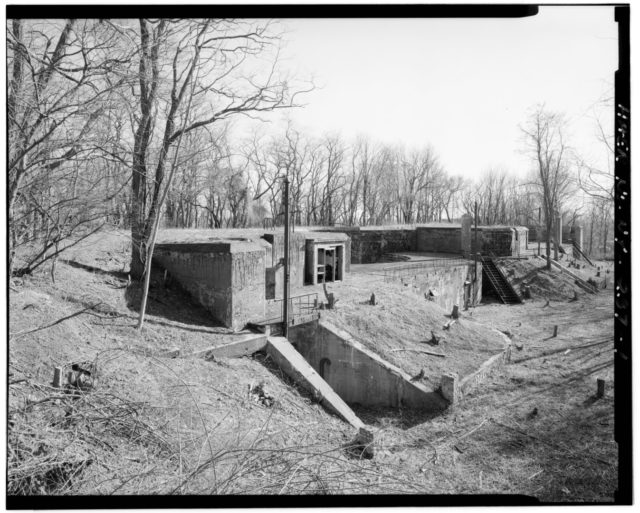
During the Civil War, about 1,900 people manned the fort. After that, the government decided that the older naval defenses like Fort Wadsworth were obsolete. Consequently, funding for maintenance was suspended. By 1884, only 41 people worked there.
The Endicott Board was a council of men who reviewed US coastal defenses and then recommended improving defenses with new guns and artillery batteries. Fort Wadsworth was updated and made part of the Coast Defenses of Southern New York. Facilities for an underwater minefield were also added.
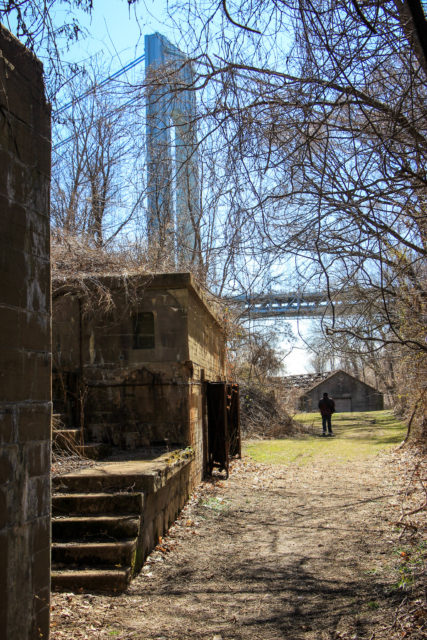
As part of this upgrade, the name of Fort Wadsworth was expanded to cover the whole area, and the buildings previously known as Fort Wadsworth were renamed Battery Weed. Fort Tompkins was earmarked as the site of the National American Indian Memorial, but lack of funds and the start of World War I saw this plan fall by the wayside.
By 1907, the forts had electric lights, ammunition hoists, searchlights, and telephones. Observation posts were also added so that the location of enemy ships could be calculated and the information passed to the artillery units so they could fix more accurately on moving targets.
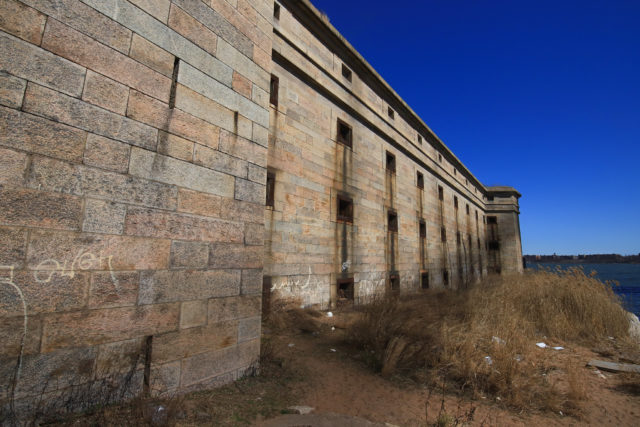
During World War I, Fort Wadsworth played an important role in the defense of New York. It had to be ready to fire 24/7, and unlike some other forts, did not have any of its soldiers removed and sent to the front. Any guns that were requisitioned from Fort Wadsworth for use on the Western Front were replaced by guns from less important forts.
After the end of the war, the fort became an infantry post and was garrisoned only by a small number of soldiers to act as caretakers. With 12-inch gun batteries at Fort Hancock and a 16-inch gun battery at Fort Tilden, Fort Wadsworth was no longer the first line of defense for New York.
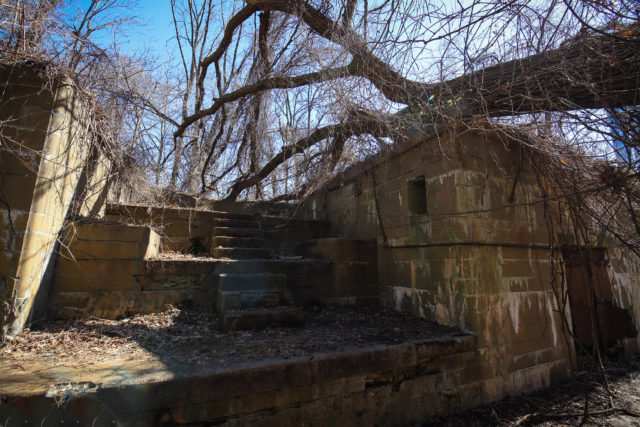
When World War I came round, it was Fort Tilden and Fort Hancock that received new armaments while Fort Wadsworth’s guns were scrapped. After the end of WWII, all coastal artillery guns were scrapped. Instead, Fort Wadsworth then became the headquarters of various artillery brigades for the next few years.
The base was also part of Project Nike, but no missiles were deployed here. Fort Wadsworth served as the site of the United States Army Chaplain School, and Fort Tompkins became the Fort Wadsworth Museum, with exhibits explaining the history of the site.
In 1979, the fort became the headquarters of the Naval Station New York, staying that way until 1995 when the property was decommissioned and transferred to the National Park Service as part of the Gateway National Recreation Area. After that, its tenants included the United States Coast Guard, the US Army Reserve, and the US Park Police.
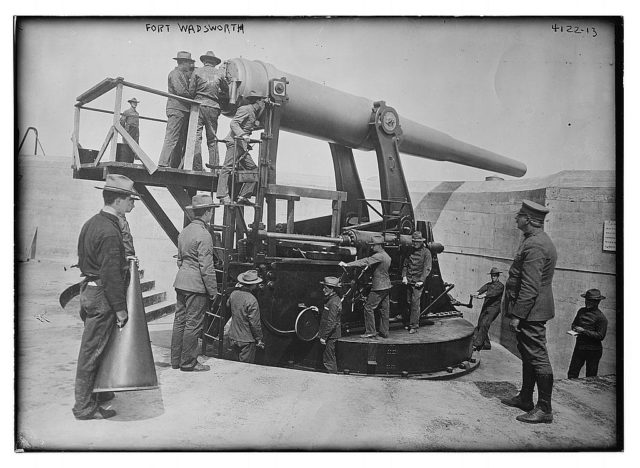
The fort is open daily from 7 am to 9 pm. There is a visitor center on-site where you can book walking tours around Battery Weed and Fort Tompkins. There is also a walkway called the overlook which offers visitors a spectacular view of the harbor.
Fort Wadsworth is the starting line for the annual New York City Marathon, which runs through five boroughs of New York City, and it is also the endpoint for the Five Boro Bike Tour.
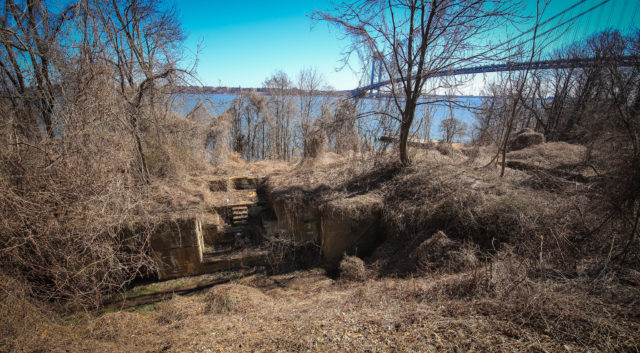
Fort Wadsworth has found its way into literature and film as well. The 2016 movie Nerve was partially shot here, and in the GI Joe comics, a counter-terrorism unit works from “The Pit,” an underground base located beneath the Army Chaplains’ Assistants School at Fort Wadsworth.
The photographs of Fort Wadsworth were taken by the Straite family. They travel and share photos of the beautiful places they’ve visited on Flickr. A huge thank you to Matt and Tofu Straite who allowed us to use the photos in our article about this historical location. Visit their Flickr account to find out more.
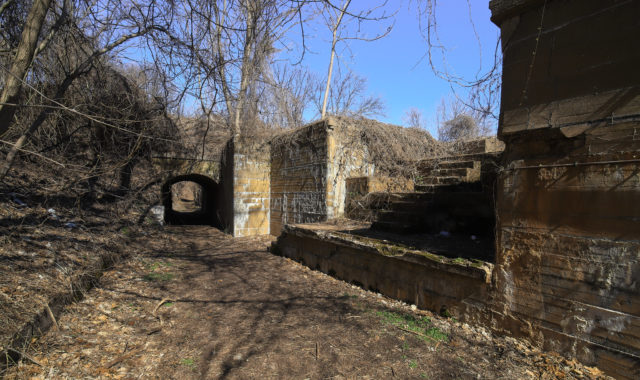
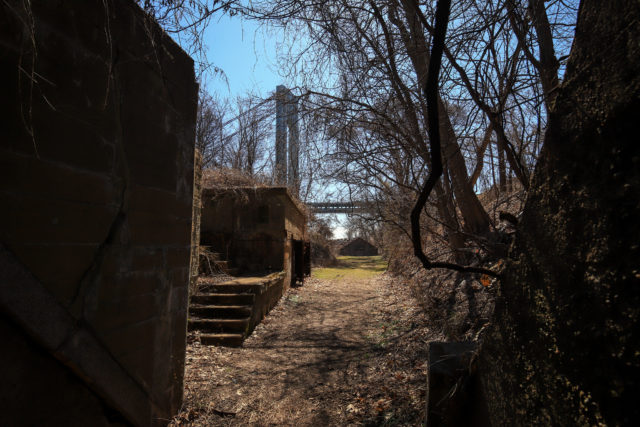
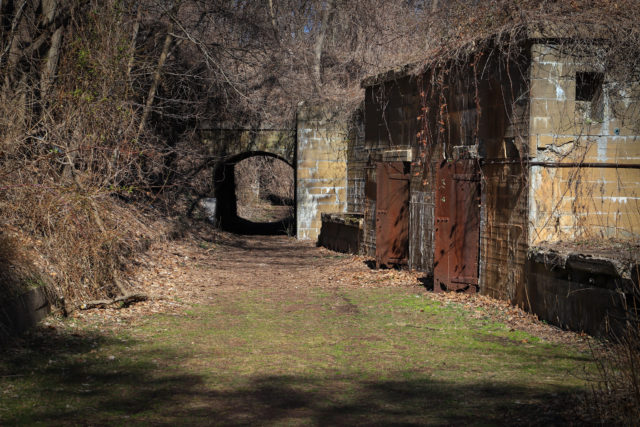
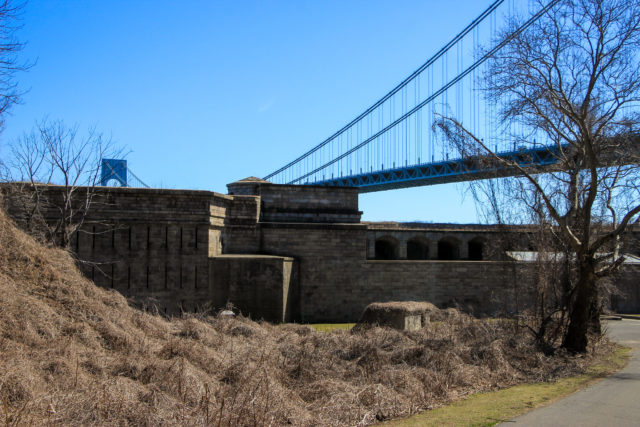
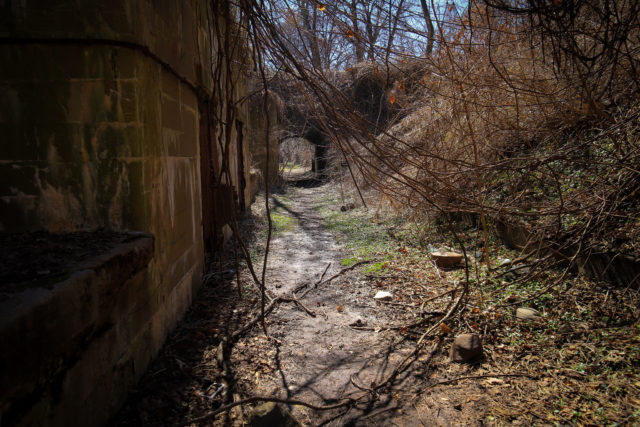
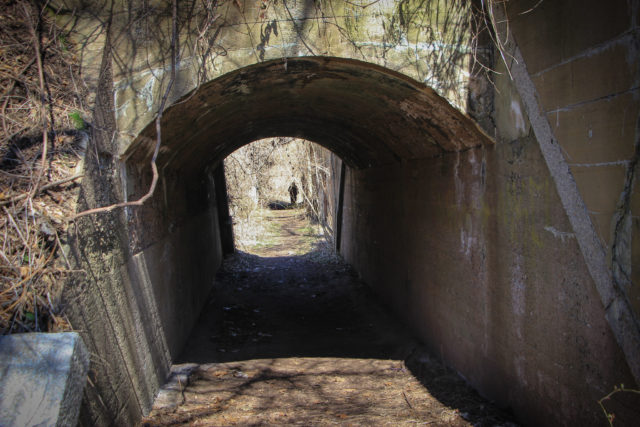
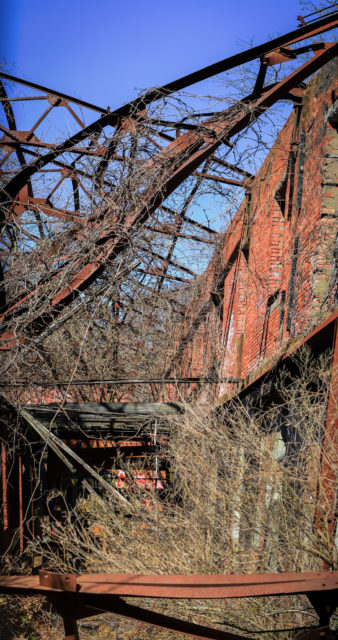
Another Article From Us: Military Helicopter Graveyard St Petersburg, Russia
